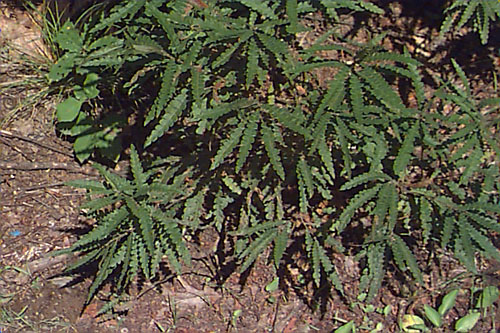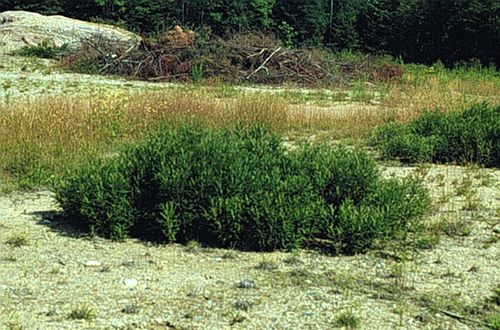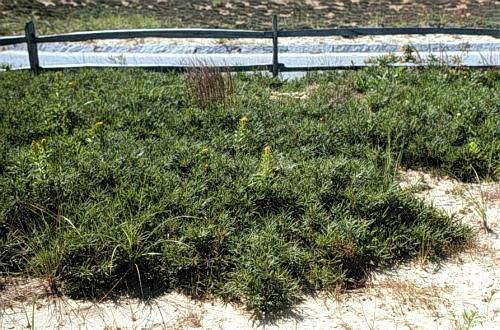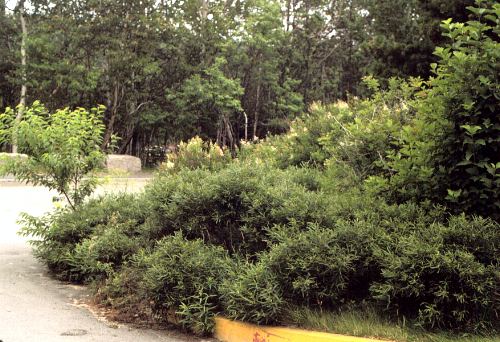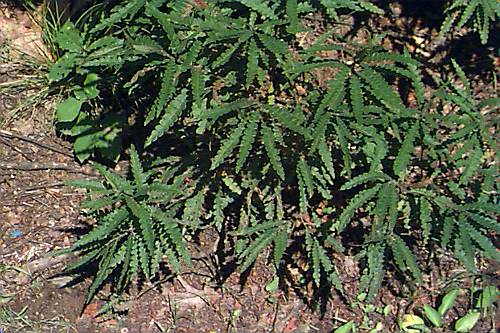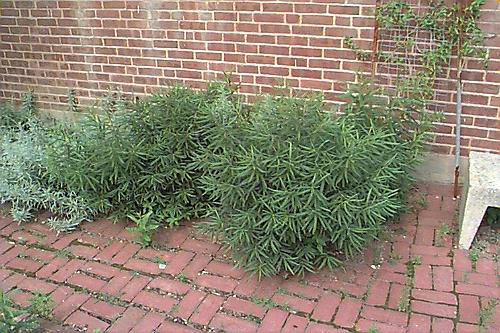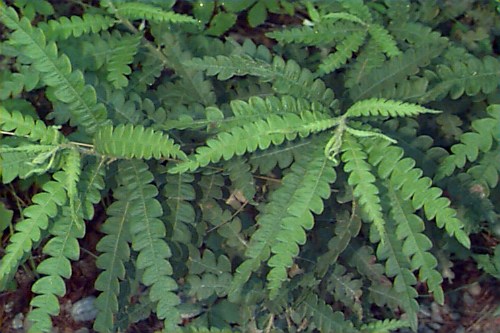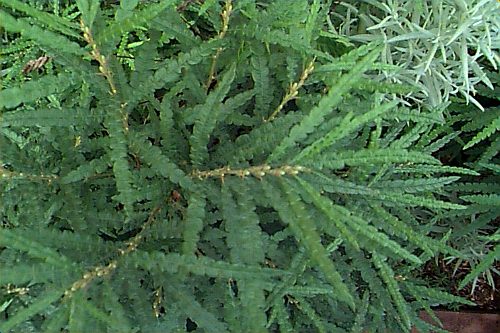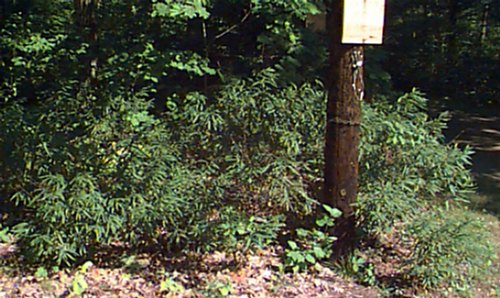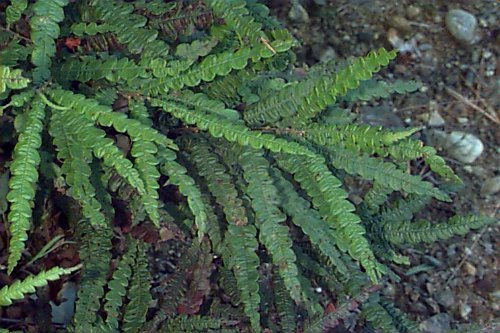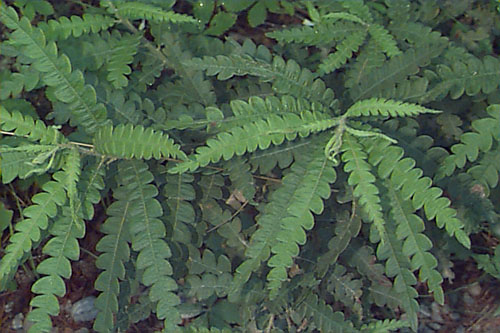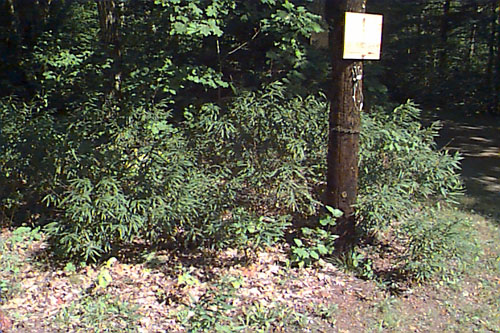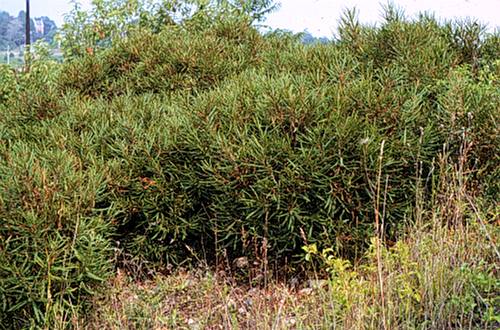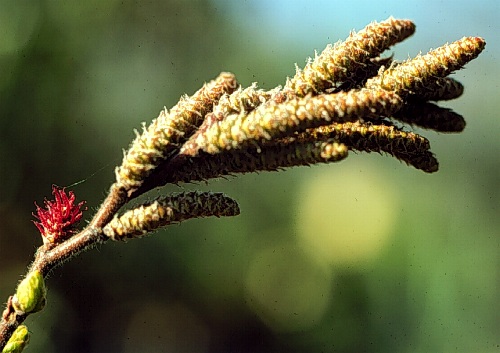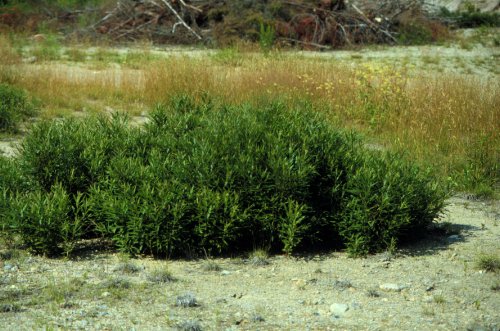Comptonia peregrina
Sweetfern
Myricaceae
ExpandHabitat
- cold hardy to zone 2
- performs poorly in zones warmer than 6
- northeastern United States
- typically found on gravelly soils along road cuts
Habit and Form
- a deciduous shrub
- 2' to 4' tall with a spread twice the height
- a spreading, colonizing plant
- stems are slender and upright
Summer Foliage
- alternate, deciduous leaves
- 2" to 4.5" long
- 0.33" to 0.5" wide
- elongated linear shape
- coarse, tooth-like lobes on the leaves
- emerges light green and matures to a dark green
- foliage somewhat reminiscent of fern fronds
- foliage fragrant, especially when crushed
Autumn Foliage
- green to brown
- not attractive
Flowers
- monoecious, with male and female flowers on the same plant
- flowers are small catkins
- yellow-green color
- blooms in April and early may
- not ornamentally significant
Fruit
- a cluster of small nutlets
- not ornamentally significant
Bark
- old stems are on interesting copper or purplish color
- stems are shiny or with resin dots
Culture
- full sun to partial shade
- sandy, peaty, acid soils with low fertility are best
- does not compete well with other plants in good growing sites
- has the ability to fix nitrogen
- can be difficult to transplant and establish; pieces of sod are recommended for best results
Landscape Use
- difficult sites
- poor, sterile, sandy soils
- naturalistic plantings
- for erosion control on road banks
- for foliage fragrance
- as a novelty plant
Liabilities
- hard to transplant and establish under cultivation
- not easy to find for sale
ID Features
- a low, deciduous colonizing plant
- fern-like leaves
- foliage aromatic
- resin dots on stems
- flowers monoecious catkins
Propagation
- by root cuttings
- by division of sod
- by juvenile stems cuttings
Cultivars/Varieties
- none
